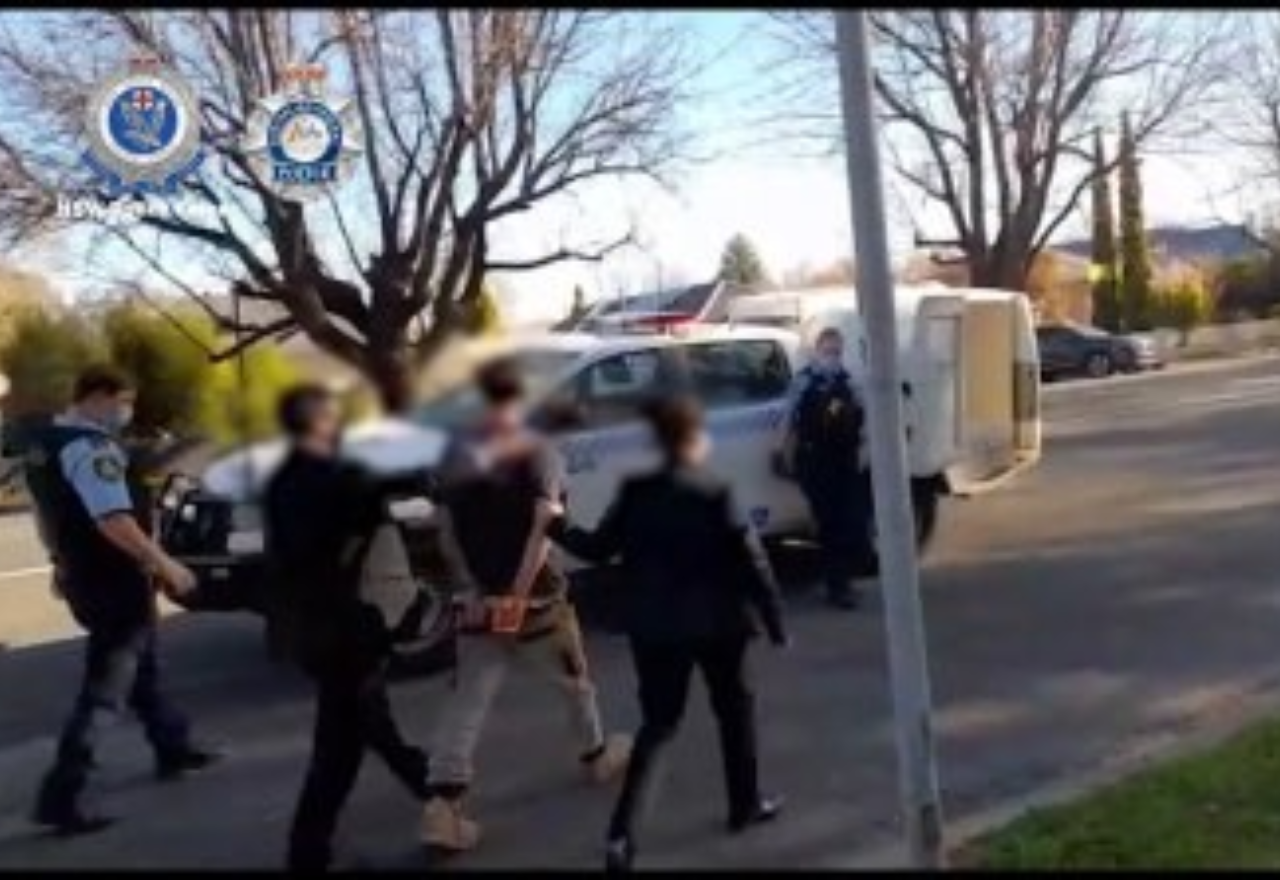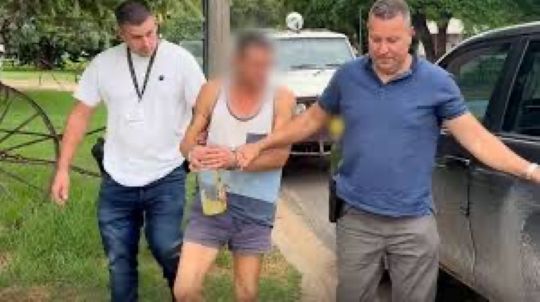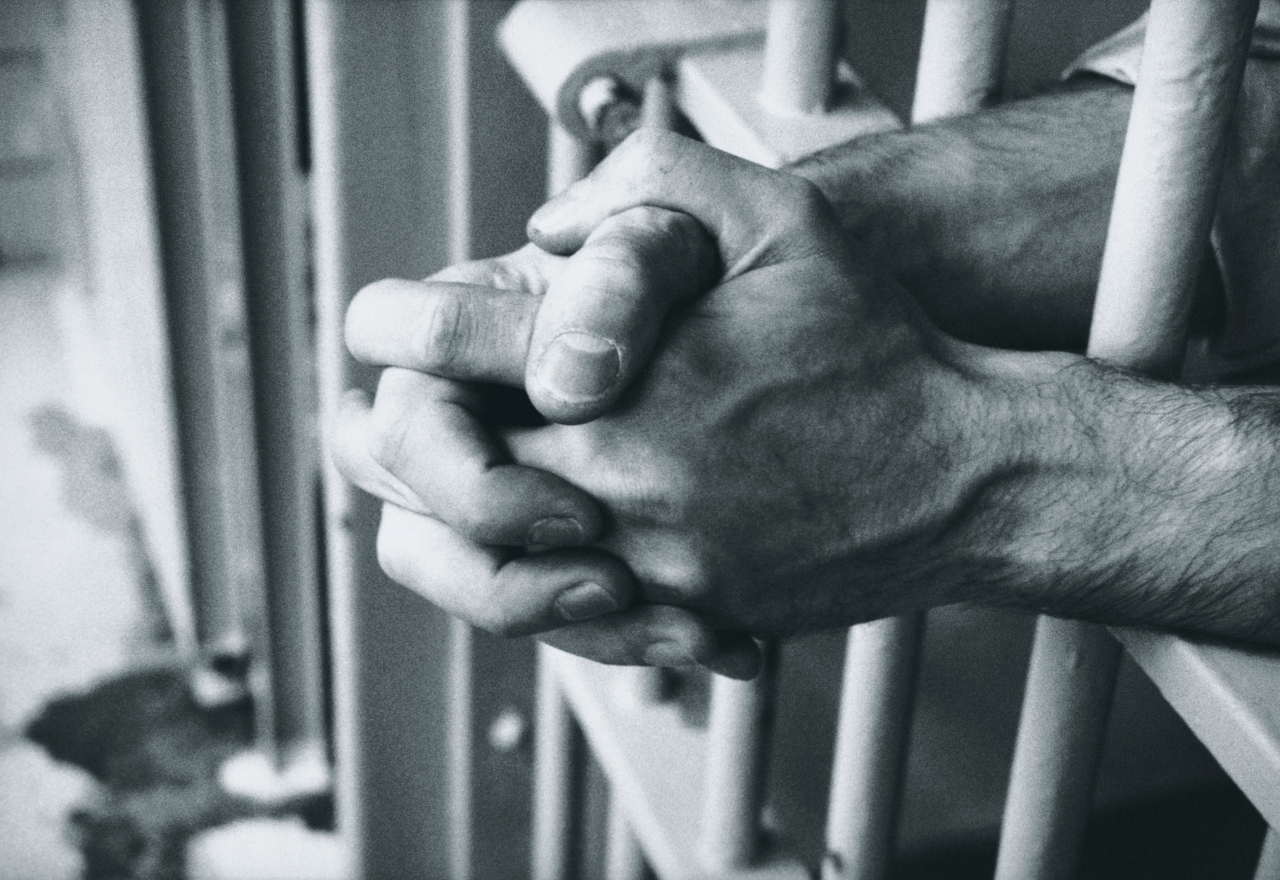Legal Service says locking up young leads to life of crime
Farren Hotham
15 August 2025, 9:40 PM
 IMAGE: NSW Police
IMAGE: NSW PoliceNew data released on Thursday August 14 by the NSW Bureau of Crime Statistics and Research (BOCSAR) reveals a significant rise in the number of young people in detention across the state.
As of June 2025, 234 young people were in custody, marking a 34% increase compared to June 2023 (up 59 young people from 175 in June 2023).
The report also highlights the ongoing overrepresentation of Aboriginal youth in the criminal justice system.
Aboriginal young people now account for 60% of the total youth detention population despite Aboriginal people making up just 8% of young people in NSW.
“The rise in young people in custody is being driven primarily by an increase in the number of young people held on remand” said Jackie Fitzgerald, Executive Director of BOCSAR.
“Currently nearly 3 in 4 young people in custody have not been convicted and are awaiting their day in court.
"Over the past two years, the number of young people on remand has grown by 28%, rising from 131 to 168.
"Young people in sentenced custody have also increased from 44 to 66 detainees (up 50%), though they represent a small share of the overall youth custody population.”
A spokesperson for The Aboriginal Legal Aid Service says child prisons are an express training program for a life of crime and suffering.
‘’Throwing more children in jail is compounding disadvantage and trauma, leading to horrific outcomes for communities," they said.
"The evidence is crystal clear that locking a child up makes them dramatically more likely to offend and return to prison in the future.
"Locking kids up has never worked, anywhere. ‘’

IMAGE: NSW Police
Bureau of Crime Statistics’ Jackie Fitzgerald said break-and-enter has emerged as a major contributor to the increase in youth detention, with the number of young people in custody for these offences rising by 229% over the past two years - from 17 in June 2023 to 56 in June 2025.
Nearly one in four youth detainees are now in custody for a break and enter offence.
Among Aboriginal youth, the increase in break and enter offences accounted for 86% of the overall increase in Aboriginal young people in detention.
“From 2010 to 2021, NSW saw a steady decline in the number of young people in custody," Ms Fitzgerald said.
"That trend has now reversed.
“This increase is particularly concerning for Aboriginal young people, who were already significantly overrepresented in the justice system.
"It also places NSW at odds with our Closing the Gap target to reduce the number of Aboriginal young people in detention.”
Adult prison population
As of June 2025, there were 13,122 adults in custody in NSW as new crime initiatives are implemented, including tougher treatment of domestic violence offenders.
The adult prison population increased 7% over the past two years, driven largely by a 20% rise in remand numbers.

Remandees now make up 44% of inmates (up from 4,831 in June 2023 to 5,800 in June 2025).
Key drivers of the growth in the adult prison population include an 18% rise in the number of Aboriginal adults in custody and a 24% increase in adults in custody for domestic violence offences.
What's the alternative?
The Aboriginal Legal Service says that instead, legal and crime experts want an evidence-based plan to strengthen communities and prevent crime in the first place.
In a statement they say the recipe to lower crime is:
- Long-term and sustainable funding for community services that prevent crime and ensure children and families thrive;
- Strengthen diversion and invest in community-led alternatives to criminal justice responses, like alternative responders;
- Meaningful partnerships between communities, police and other justice stakeholders to respond to local needs and keep all members of our communities safe.



